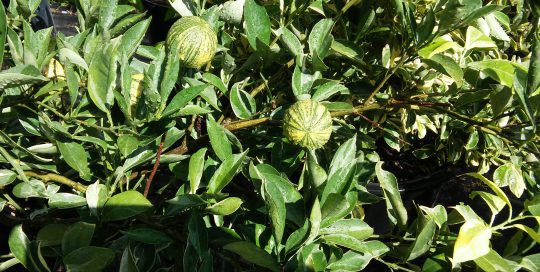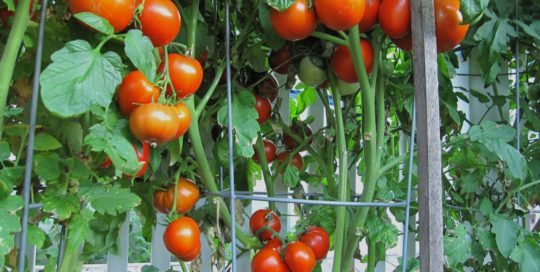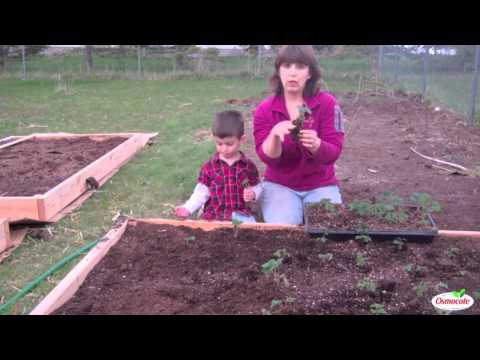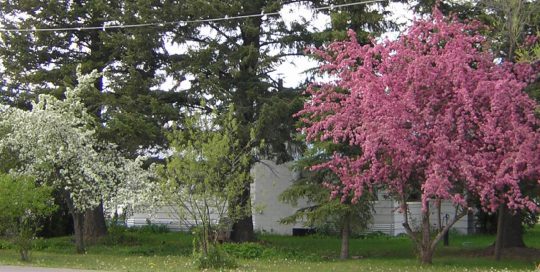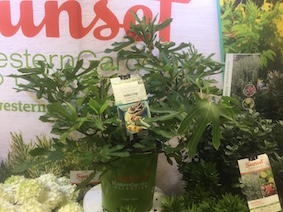Grapes
Grapes are a magical crop. They are possible in practically every home garden as long as they have ample support. From seedless varieties, such as Somerset, that are good for eating, to more specialized types bred for wine or jelly making, it’s a treat to have your own grape growing space, even if it’s just a plant or 2.
Give grapes plenty of space, at least 6 ft. apart, and grow them on a sturdy support. Plant them in the early spring (often March in many regions) in fertile, well-amended, well-drained soil. Dig a hole roughly a foot deep and the same width across since the roots need to take a good hold to create a healthy plant. Mulch to help even out the moisture level in the soil.
The hard part about grapes is it’s best not to allow them to produce fruit for the first couple of seasons. Plus, they thrive with severe pruning. Grapes don’t produce on second year canes, so remove those in the late winter or early spring while they’re still dormant.
Once the plants are producing grapes the greatest challenge is keeping the birds from eating them, so consider using a bird netting or some other barrier between them and the tasty fruit.
Chokecherries
It’s always wise to look at native plants for excellent varieties to grow at home because they require far less fussing, yet give you a bountiful harvest. Chokecherries are an excellent example. They grow abundantly along rivers and waterways, as well as in the open, drier terrain. But, they are far easier to pick in your backyard.
Chokecherries grow the best in sunnier conditions, although they do tolerate shade to some degree. They typically do not require supplemental water, unless you reside in a semi-arid climate or go for a prolonged period without rainfall. And although they can easily grow 20 ft. tall, they thrive with pruning. You can literally mow them to the ground, and they’ll come back strong.
In the spring, pretty clusters of white flowers hang down and eventually form the groups of dark fruit. To harvest, simply pull the berries off of the clusters. It usually doesn’t take long to pick a bunch of a chokecherries since you an strip off so many at a time.
Processing them is the tricky part because there is a rather large pit firmly encased in the pulpy berries. Some people crush and strain the fruit trying to sort out the two, but the easiest way is to put the berries, stems, seeds and all, in a steam juicer. The beautiful liquid makes an excellent jelly or syrup.
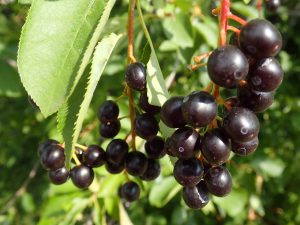
Chokeberries – Photo by Amy Grisak
Raspberries
Other than strawberries, raspberries are one of the most popular small fruits to grow in a home garden. Red, golden, or black, they are a delicious addition to the edible garden.
Summer bearing varieties tend to take center stage with an enormous burst of fruit usually in July, but you can prolong your raspberry harvest until a hard freeze by adding fall-bearing types to your collection. You can even grow some varieties, such as Shortcake, in a large container. For whatever variety you choose, raspberries like full sun, consistent watering, and fertile soil to grow the best berries.
For raspberry plants growing directly in a bed look for an area with full sun, and depending on the variety, some sort of support for the sprawling types that can grow to become unwieldy. A fence along one side works for a narrower bed. Alternatively, T-posts on either side of the row will keep the plants in line.
Plant bare-root canes 18-24 inches apart in a zig-zag pattern along a wide row. They will spread rapidly so it’s best to give them space. For most varieties provide an inch of water a week, although in drier regions increase this amount to mitigate rapid evaporation.
Pruning is key to a healthy raspberry patch. Summer bearing raspberries require the removal of the old canes from the previous year. It also requires thinning out the new ones allowing 4-6 new, strong canes per plant. While you can trim back the height of the plant, don’t be too harsh. The best production is at the top third of the plant. While it’s wise to keep the bush from becoming too gangly, you also don’t want to eliminate future berries.
Fall-bearing varieties are very different. Although you can prune them in a similar fashion as summer bearing raspberries, to encourage a mid-summer harvest the best aspect about them is the glorious final berries before the freeze. To encourage this habit, cut them back to 3-4 inches high either at the end of the season or in the early spring before the plants begin growing. They grow rapidly throughout the summer and create a last hurrah for the growing season.
Blackberries
Like raspberries, blackberries can be a bountiful and delicious crop, particularly for more moderate climates in Zones 5-10. They do not grow well in alkaline soils or where winter temperatures frequently dip below zero.
When growing blackberries, there are three types to choose from, depending on your area and preferred growing style. Erect thorny blackberries are similar to the wild (not native, but they grow abundantly in some areas of the country). To encourage increased production, cut-out last year’s canes, then trim back a few inches of the tops of the remaining new canes when they are about 3-4 ft. tall
Semi-erect blackberries don’t grow to the same height as the erect types, and are often found in thornless varieties. Trim the plants when they are 4 ft. tall (this is something you might have to do throughout the summer), and consistently take out the suckers that spring up throughout the season.
Trailing blackberries, which are also often thornless, need support to be able to easily pick them. Use T-posts and wire to be able to keep the bushes from flopping over. Like the other varieties, remove the canes that bore fruit when the plant is dormant, either at the end of the season, or during the winter.
Like raspberries, provide plenty of water and fertilizer, and be ready to harvest every couple of days. It’s a welcomed task to enjoy this sweet treat!
Even if you can’t have a full-fledged orchard in your backyard, you can grow any number of these small fruits. Make a little space in your garden or utilize large containers to add fresh fruit to your summer selections.

